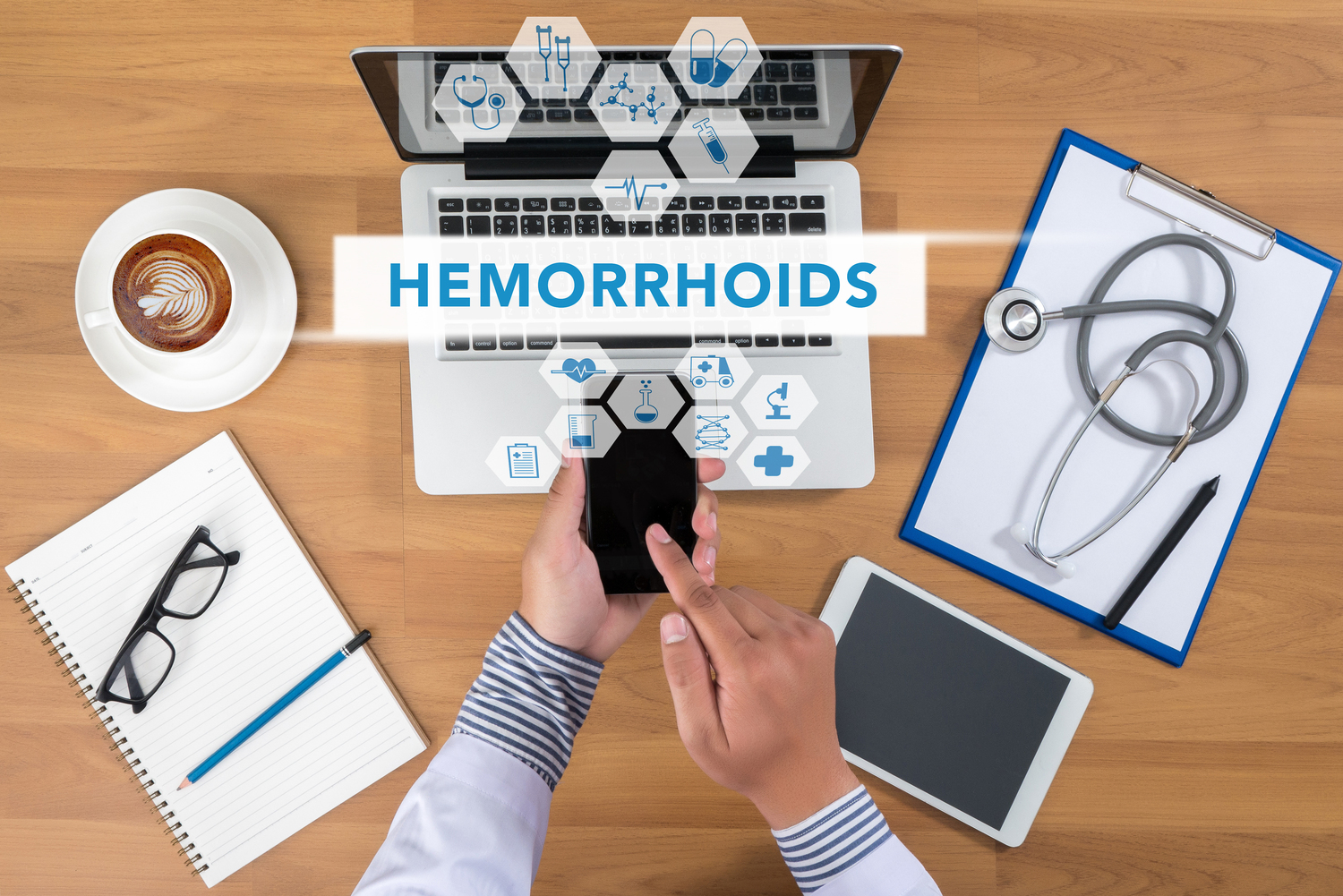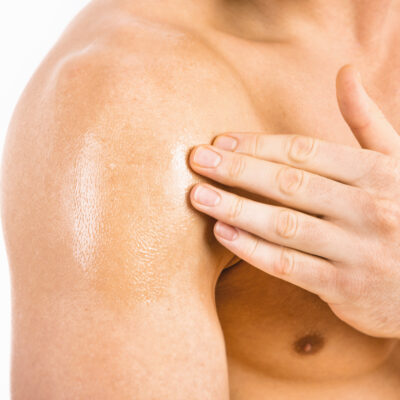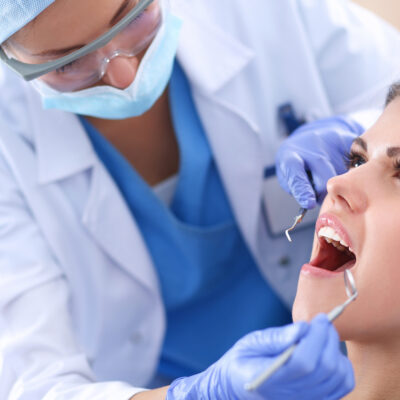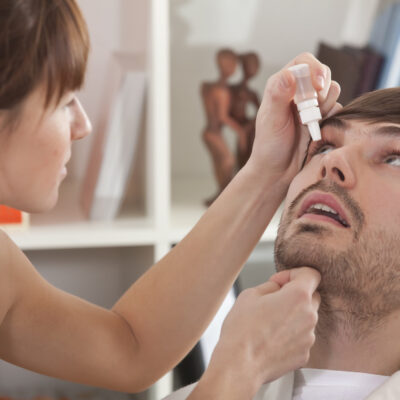
All you need to know about hemorrhoids
Hemorrhoids are swollen, engorged veins that are located in the lower rectum or around that anus. Hemorrhoids are also known as piles and can either be external or internal. Internal hemorrhoids develop within the anal or rectal canals, whilst external hemorrhoids are developed on the outer part of the anus. A hemorrhoid is also known as piles. The signs and symptoms of hemorrhoids depend on the severity and type of the condition. Commonly the disease is not serious but sometimes it can be more severe. Hemorrhoids can result from hurt during bowel movement and women get during pregnancy.
Types of Hemorrhoids
- Internal hemorrhoids
An internal hemorrhoid is found within the rectum. It cannot be seen or felt and they rarely cause discomfort. However, irritation and straining while sitting on the toilet can cause severe damage to the hemorrhoids surface, causing it to bleed. Rarely, straining can push internal hemorrhoid all the way to the anal opening. This causes irritation and pain, and it is called a prolapsed or protruding hemorrhoid. - External hemorrhoid
External hemorrhoids can be felt just beneath the skin around your anus. Scratching causes irritation and it can get itchier and bleed. - Thrombosed hemorrhoids
A thrombosed hemorrhoid is caused when the swelling breaks and the blood forms into a clot. This causes inflammation, hard lumps close to your anus, swelling, and severe pain.
Causes of hemorrhoids
The veins around the anus can be stretched when they’re under pressure and they can swell. Swollen veins may grow from augmented pressure in the lower rectum. You can also know other causes such as:
- Straining during a bowel movement
- Difficulties with chronic constipation
- Sitting for a long time
- A family history of hemorrhoids
- Hemorrhoids can be connected to family history from parent to child, so if your parents get hemorrhoid you can get this disease
- Regular heavy lifting, being obese, and constant strain on your body can develop the risk of hemorrhoids
- Standing a long time without taking a break can cause hemorrhoids development. Diarrhea and regular anal intercourse can increase the risk of hemorrhoids
- If you are pregnant, you can get hemorrhoids disease. Fetus pressure on the abdomen and hormonal changes make the vessels expand.
- Fiber diet prevents the risk of hemorrhoids. If you take a low fiber diet regularly it can increase the risk of hemorrhoids.
Symptoms of hemorrhoid
The symptoms of hemorrhoid vary depending on the location which are as follows:
- Lumps close to the anus, which may be painful and sensitive
- Swelling around your anus
- Pain or discomfort
- Irritation or itching in your anal region
- Bleeding sans pain during bowel movements. You might notice a few drops of blood on your toilet paper or in the toilet
How to prevent hemorrhoid
If your family does not have a history of hemorrhoid, then you can prevent yourself from getting affected by not straining during the bowel movement. Try to increase your water intake. Taking enough water can stay your stool from hardening. Exercise regularly to prevent becoming constipated and do not sit for long times.


